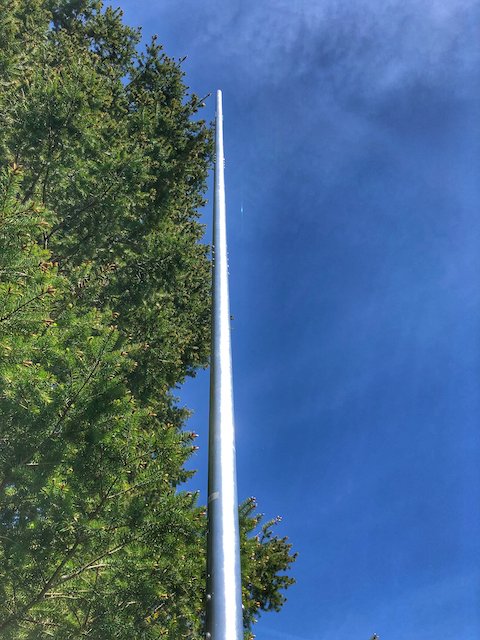WRFM426
Member
So I just passed Technician (and will shortly be studying for General..). I have been dabbling with GMRS and having a lot of fun there, and have received very helpful advice from members of this forum...
Now I'm looking to get started with HF/VHF/UHF and was wondering where the more experienced members would recommend that I invest my modest funds - towards suitably 'sensible' equipment..
My thoughts are either go for a 'shack-in-a-box' like the Yaesu FT-991A which would cover all the bands that I'll want to tackle in the short-term, OR, to opt for discrete gear for HF, and another separate unit for VHF/UHF.
I already have a GMRS Mobile/Base station here at home, which will stay here as a GMRS Base, so I was wondering whether doing a similar thing and getting a 'decent' Mobile dual band rig might also be an option for a Base Station - say something like the Icom IC-5100, Icom IC-2730, Yaesu FT-200/300/400 range, Anytone AT-D578UV, then put-up a dual band antenna (Diamond x300A..?) and then approach HF down the road.
Suggestions on something suitable for a Dual Band antenna would also be most welcome..
I also have a concern that if the chip availability issue worsens, then might it make sense to 'grab' a 991A while they are available...?
Anyone had any experience with the 991A: how does it stack up?
I'm sure that this sort of question must have asked many times before, but a few wise words of advice would be most welcome..
Last question regarding the Forum: can I change my member ID (from my GMRS callsign) to something different, or do I need to create a new account?
Now I'm looking to get started with HF/VHF/UHF and was wondering where the more experienced members would recommend that I invest my modest funds - towards suitably 'sensible' equipment..
My thoughts are either go for a 'shack-in-a-box' like the Yaesu FT-991A which would cover all the bands that I'll want to tackle in the short-term, OR, to opt for discrete gear for HF, and another separate unit for VHF/UHF.
I already have a GMRS Mobile/Base station here at home, which will stay here as a GMRS Base, so I was wondering whether doing a similar thing and getting a 'decent' Mobile dual band rig might also be an option for a Base Station - say something like the Icom IC-5100, Icom IC-2730, Yaesu FT-200/300/400 range, Anytone AT-D578UV, then put-up a dual band antenna (Diamond x300A..?) and then approach HF down the road.
Suggestions on something suitable for a Dual Band antenna would also be most welcome..
I also have a concern that if the chip availability issue worsens, then might it make sense to 'grab' a 991A while they are available...?
Anyone had any experience with the 991A: how does it stack up?
I'm sure that this sort of question must have asked many times before, but a few wise words of advice would be most welcome..
Last question regarding the Forum: can I change my member ID (from my GMRS callsign) to something different, or do I need to create a new account?



